
Mark Davis
PI & Conservation Biologist
davis63@illinois.edu
Mark is a Conservation Biologist, PI of the Illinois Bat Conservation Program, and Director of the Collaborative Conservation Genetics Laboratory at the Illinois Natural History Survey. He received a Bachelor’s in Zoology & English and a Master’s in Biology from North Dakota State University, a Master’s in Ecology from Colorado State University, and a PhD in Natural Resources and Environmental Science from the University of Illinois Urbana-Champaign. Mark’s research broadly explores, using genetic tools, patterns of biodiversity, and processes that promote population declines and extinction, and he uses that information to help develop strategies to ensure that biodiversity and the ecosystem services they provide will be here for generations to come. His research with IBCP focuses on the molecular side of things, and includes using DNA from guano to determine what Illinois’ bats are feeding on, and using population genomics to understand how modern threats like White Nose Syndrome may be influencing genetic diversity in bats. Mark has a particular fondness for those less-loved components of biodiversity, like bats and snakes. His favorite Illinois bat is the northern long-eared bat (Myotis septentrionalis) because it’s both absurdly adorable and is among our species in greatest need of conservation.
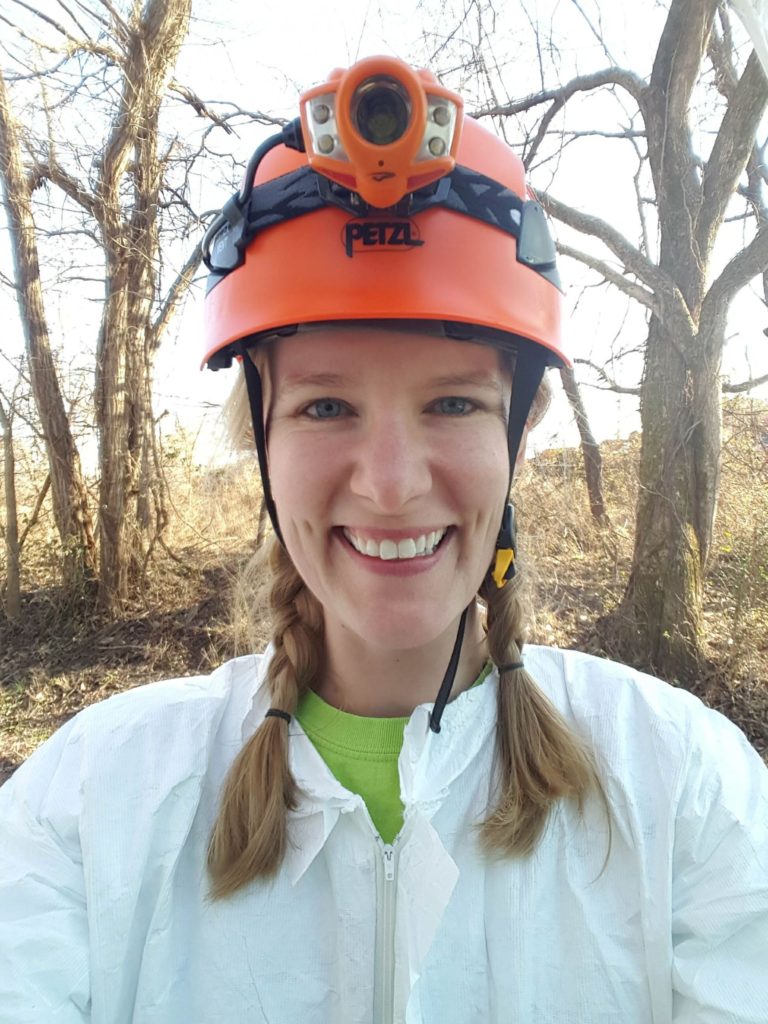
Tara Hohoff
Co-PI & Project Coordinator
thohoff2@illinois.edu
Tara has been the coordinator for the Illinois Bat Conservation Program since its start in the summer of 2016. She got her bachelor’s degree from Winona State University and her master’s degree from Eastern Illinois University. Her thesis focused on using occupancy modeling to compare the use of mist netting versus acoustic survey techniques. Tara’s favorite parts of the job are driving around at night doing mobile surveys, playing detective identifying bat species from acoustic files and doing outreach activities. Her favorite Illinois bat is the little brown bat, Myotis lucifugus. It feels like rooting for the underdog as it used to be a very common species, now becoming rare in the state but without the protection of a federally endangered or threatened bat.
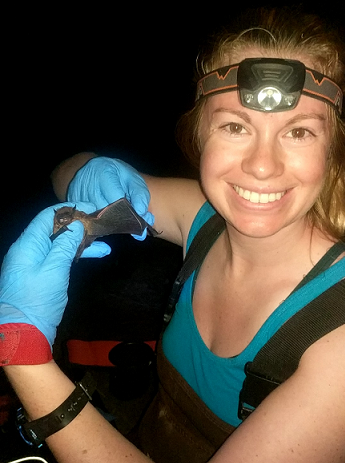
Brittany Rogness
Assistant Coordinator
brogness@illinois.edu
Brittany started at IBCP in May 2020. She earned her BS from the University of Wisconsin-Platteville and received her MS in the Biology Department from Fort Hays State University, KS studying the distribution of northern long-eared bats (Myotis septentrionalis) in northcentral Kansas in 2019. During the field season, she is deploying acoustic detectors, running mobile acoustic surveys, performing emergence count surveys, and mist-netting. In the off-season she is assisting with the management and analysis of data, communicating with community scientists about roost surveys and guano collection, and providing outreach to the public. She is passionate about contributing to the conservation of bats across the state. Her favorite bat in Illinois is the eastern red bat (Lasiurus borealis) for their weird roosting behavior using leaf litter and how fluffy and adorable they are.
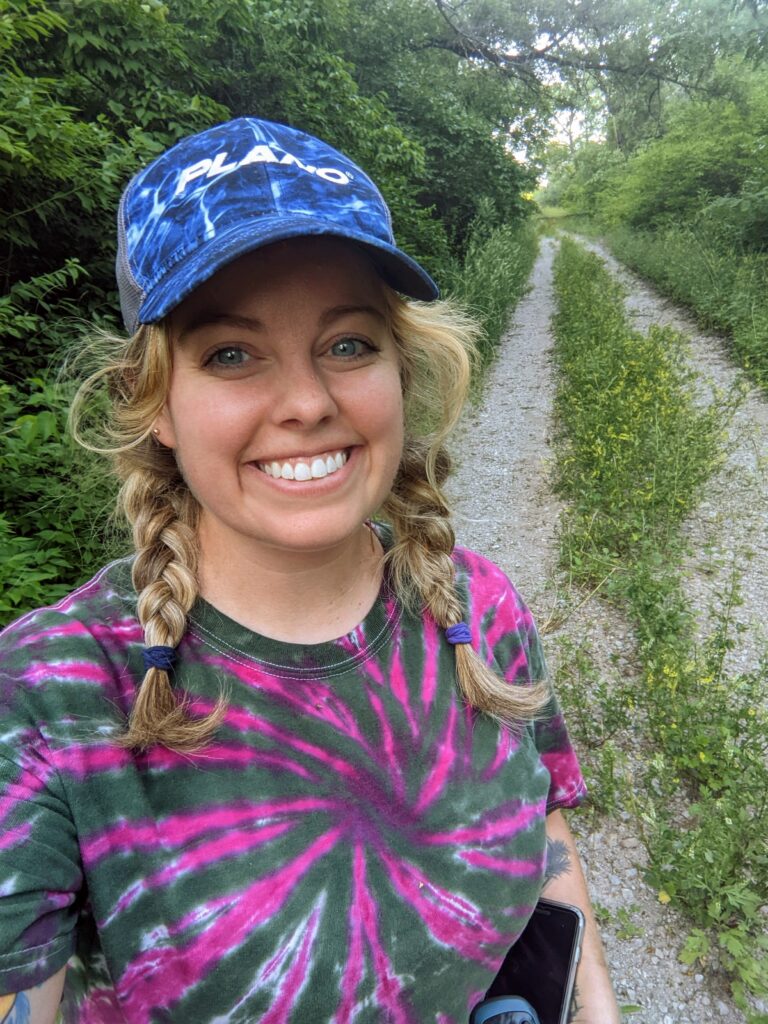
Abby Pagels
Acoustic coordinator
aepagels@illinois.edu
Abby started with IBCP as a technician with a past master’s student back in 2017 and is back again starting in June 2022 to help with mist netting and NAbat monitoring projects. She earned her BS from Illinois State University in 2015 and has bounced around different technician jobs ever since. During undergrad she learned about the devastating effects of white nose syndrome on North American bat populations and decided then she wanted to be involved in bat conservation. While most of her experience is field based, she is excited to learn the data analysis portion of IBCP research and get involved with outreach activities. Her favorite bat is the tricolored bat (Perimyostis subflavus) for their unique tri-colored hair and of course being one of the smaller bats in the US, makes them that much more adorable.
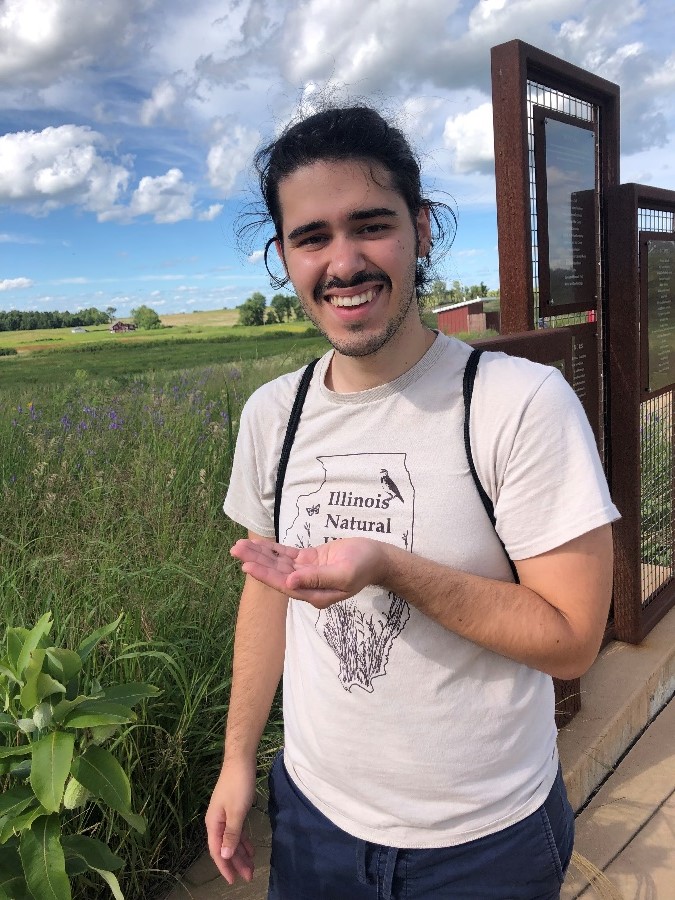
Ricky Gieser
Acoustics field lead
Rgieser2@illinois.edu
Ricky joined IBCP in May 2021. He received his bachelor’s degree in Natural Resources & Environmental Science from the University of Illinois Urbana-Champaign in 2021. His taxonomic groups of interest have mainly been insects and plants, but ever since he started handling bats, they’ve been stolen his heart! He’s excited to continue the journey into the world of bats. His current favorite Illinois bat is the evening bat (Nycticeius humeralis) because they’re just so dang cute (and stinky too)!
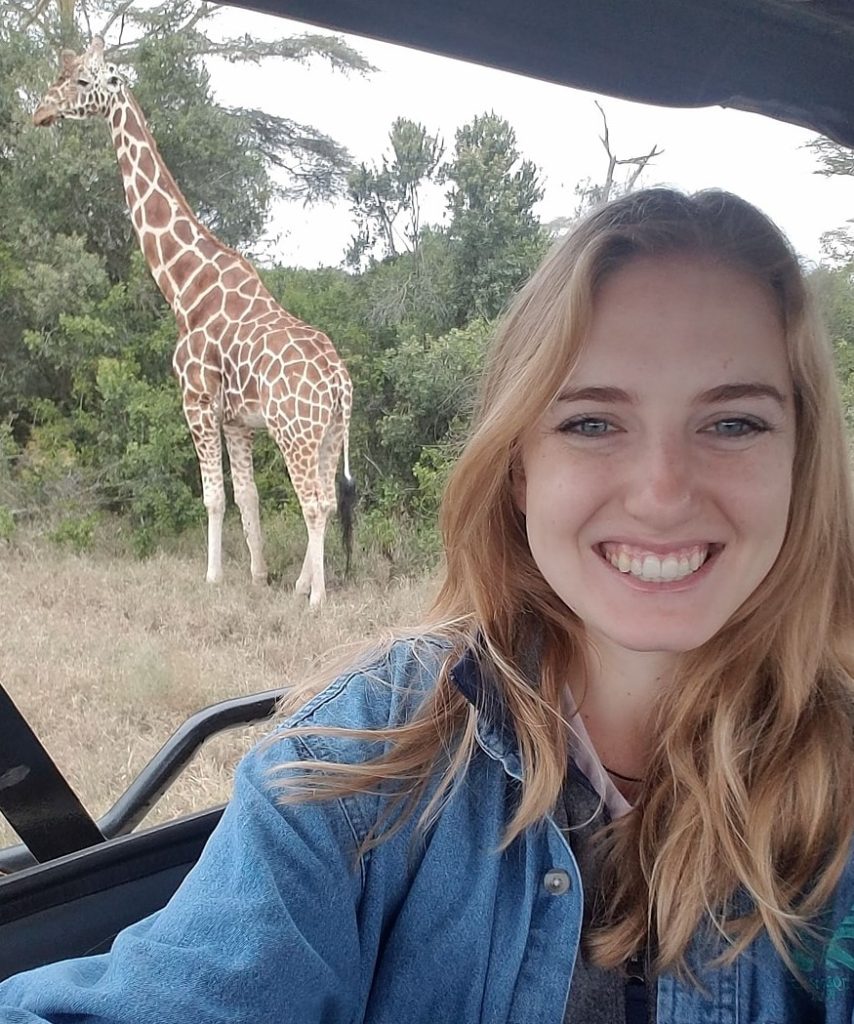
Jordyn Chace
PhD Student
jchace2@illinois.edu
Jordyn is a current graduate student who works with cutting-edge genomic techniques and applies them to conserve local bat species. She started with IBCP in the fall of 2020. In 2018 she graduated from the University of Vermont with a BS in Conservation Biology and a minor in Chemistry. She is passionate about wildlife conservation and believes that in times of pivotal environmental importance we must don our detective caps and fully utilize DNA. Bats are special to Jordyn because of how unique they are from the rest of Mammalia, and she believes that fighting to preserve the wonderful and weird diversity of nature is imperative. Jordyn believes in making conservation science fun and accessible to everyone. Her favorite Illinois bat is the hoary bat (Lasiurus cinereus).
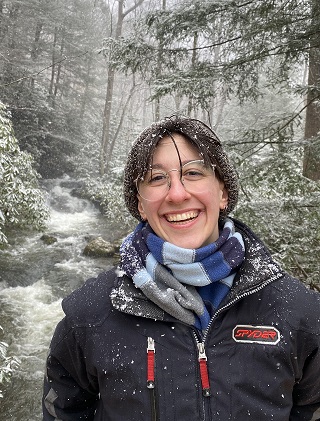
Lauren Hahn
Field Technician
Lauren is a 2023 graduate of Juniata College. In her time there, she majored in Biology and Wildlife Conservation (and fell in love with bats!) She has contributed to acoustic surveys in the past, and is looking forward to expanding her hands-on experience through mist netting. Lauren hopes to contribute to a brighter future for bats through outreach. Her favorite bat is the hoary bat, Lasiurus cinereus.

Sydney Larson
Field Technician
Sydney got her BS in Fisheries, Wildlife, & Conservation Biology from the University of Minnesota in 2022. During undergraduate, she studied a nesting pair of endangered Great Lakes Piping Plovers in Chicago. After graduating, she fell in love with bat work as an Assistant Research Technician with the Bernard Lab at the University of Wyoming. Sydney also has a passion for sharing the outdoors with others and has worked in wilderness guiding and outdoor education. Her current favorite bat is the hoary bat (Lasiurus cinereus).
Team Alumni
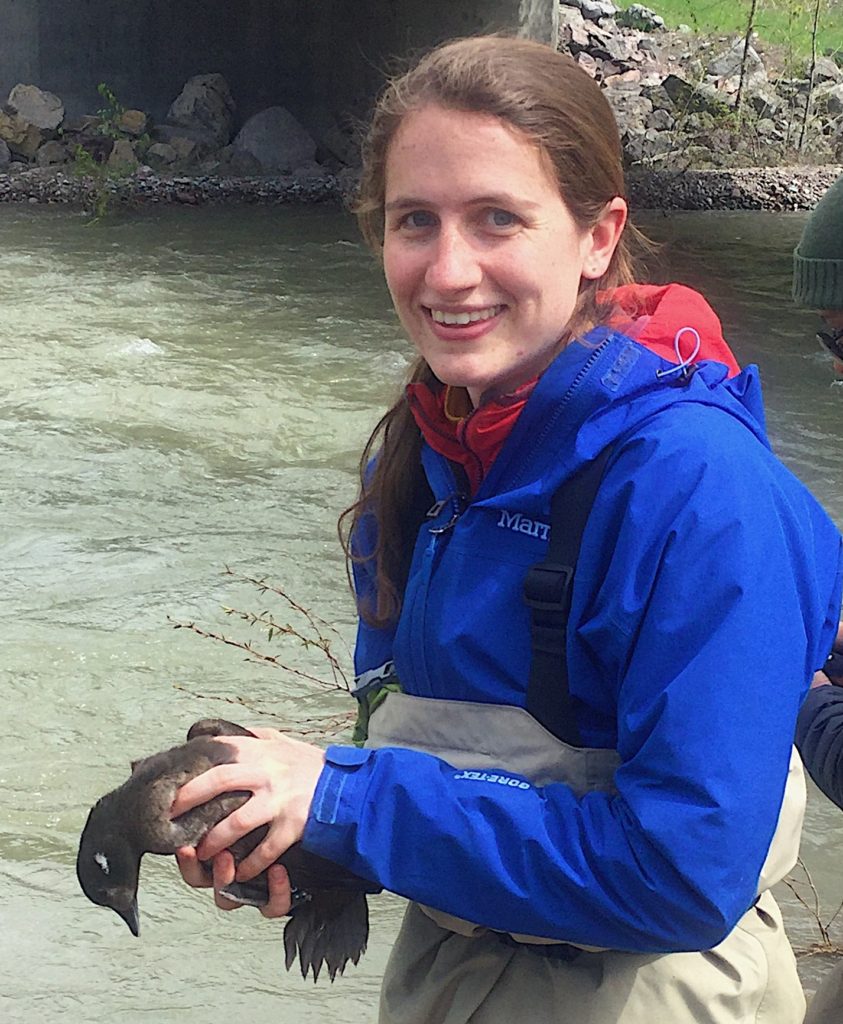
Sarah Gaulke
Masters Student
sgaulke2@illinois.edu
Previous IBCP Masters Student
Sarah got her BS in Wildlife Biology with a minor in Ecosystem Restoration from the University of Montana in 2018. After her freshmen year, she fell in love with bats on her first night acoustic monitoring at an internship and later studied bat hibernation in talus slopes for her senior project. Sarah started her MS in Natural Resources and Environmental Science with IBCP in the fall of 2020 which focuses on modeling habitat suitability for three species across Illinois. She is excited to get more mist-netting experience and learn how to identify bats species by call! Her favorite bat in Illinois is the tri-colored bat (Perimyotis subflavus).
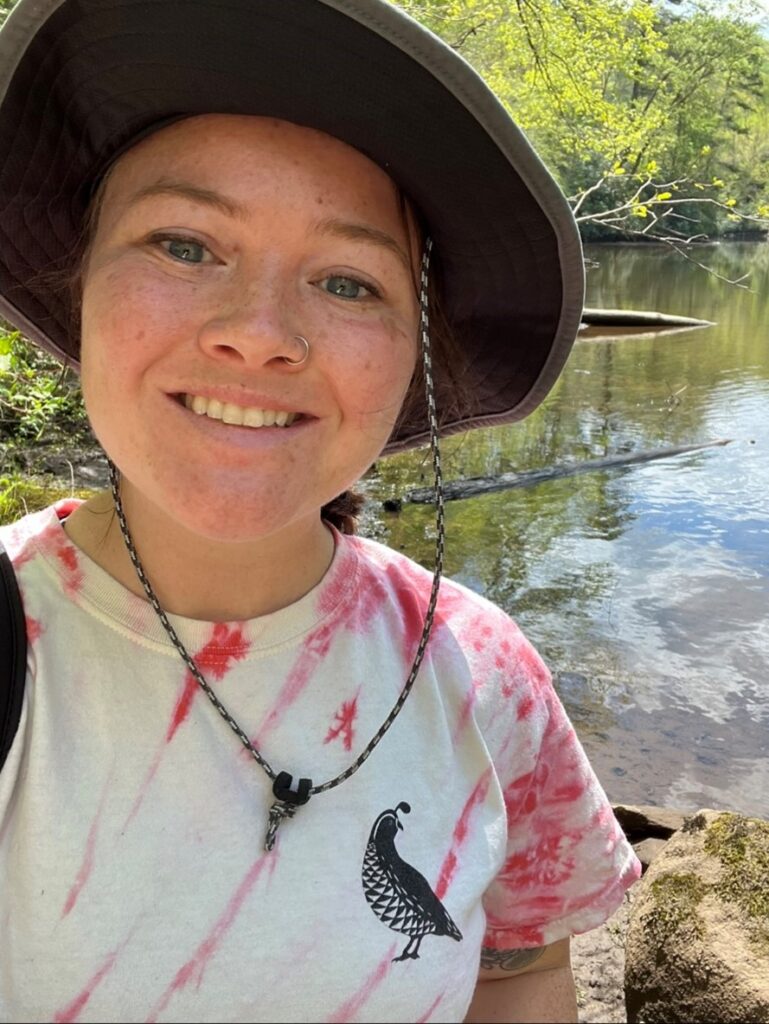
Ash Cable
ashleigh.cable@gmail.com
Previous IBCP Masters Student
Ash received her BS in Wildlife Management from Eastern Kentucky University in 2014 then worked with bats for the first time in a 2-year consulting technician gig. She got her MS in Biology from Eastern Illinois University, where she worked for IBCP from 2017-2019 leading mist net and telemetry teams to locate Indiana bat maternity sites across the state, collect insects and guano for diet studies, and conduct acoustic monitoring at net sites. She is currently a PhD Student in the Forestry, Wildlife and Fisheries Department at the University of Tennessee Knoxville. She looks forward to a career in wildlife conservation. Her favorite bat is the Indiana bat (Myotis sodalis) because they are so particular in their habitat requirements yet there is much to learn about them. Plus, they are the most fun bat to track and will usually lead you to some swampy wonderland!
